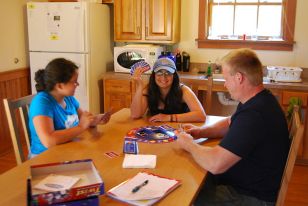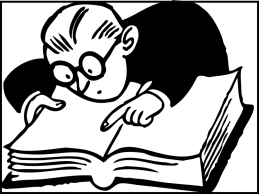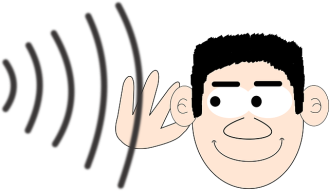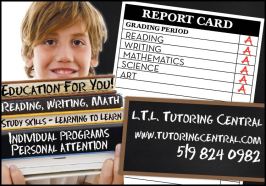Fun Summer Learning and Indoor Games
Choices
There are thousands of games to play – far too many to discuss here, although I will mention a few. Don’t limit yourself! All games have at least a few teachable moments.
Note: I used the name “indoor games” simply to contrast with “sports” which I am not writing about today. Of course, you can play these games almost anywhere. Also, most of the card games and board games are available as video versions, too.
Try to choose games your children will enjoy and then find ways to incorporate learning without limiting the “fun” element. There is no need for “drills” (unless your children tend to like drills!).
Not all games have the same intellectual challenge, of course. The games you play will be determined, in part at least, by your children’s age and/or current skill level. Introduce new, different, or more challenging games as they mature. There is no need to start with something complicated. In fact, there are always times when we might enjoy playing something less challenging even when we do have the ability.
Social
There are very useful lessons to learn around the actual playing of games. For example, learning how to lose graciously. This is not to be outdone by learning how to win graciously. Take the time to each your children that game playing is not a personal judgement of value. The real value is in connecting with others, having fun, and learning a few new things. Having learned this with game playing, they might begin to understand how this works even in the academic world. Your “results” are not “you.” (Ironically, taking that pressure off usually results in much higher marks.)
Patience and taking turns are obvious game-playing lessons. Don’t underestimate the value of the social part of game playing.
Allow your children to teach you a few tricks. One of the best ways to learn is to teach others. Not only do we retain a lot more once we have taught another, but we will engage more and want to do even more. Hey, and you will be the cool parent who knows the “Easter egg”,” method, or shortcut.
Spending time together, talking, recounting stories, relating to other activities that may or may not be related to the game, all of these are important developmental and learning points.
Math
For math skills, games such as Cribbage or Monopoly are great choices.
Many card games have a math component – especially adding or patterning. Crazy eights, Go Fish, Euchre, Uno.
Board games involve counting (sometimes adding), patterns, making logical decisions or choices, even spelling! Scrabble, Snakes & Ladders, Trains, Chess, Checkers, Equate, Bingo, and lots more.
Reading
Reading directions to any game can be helpful. You might even be surprised when your children read the directions to you. I know many people who have been playing a game for years without realizing that they are not following the directions! (Of course, it is up to you whether or not you prefer your version of the game.) Reading directions helps you learn how to play, but you can also check back from time to time to see if there are any additional plays or allowable moves that have not been tried.
Look for reading opportunities on blogs or sites that provide commentary, reviews, or approaches to playing. These can be very interesting – not to mention helpful.
For younger children, there are lots of online games as well. Here are some reading games from PBS.
Writing
Have your children start their own blog, writing reviews of games, telling stories of particularly great (or not so great) instances while playing. They can create rating lists, include graphics, look for links or other material to incorporate. In other words, they can practise a lot of the same academic skills required in school without feeling like they are in school!
include graphics, look for links or other material to incorporate. In other words, they can practise a lot of the same academic skills required in school without feeling like they are in school!
Video Games
Video games have plenty of learning opportunities. Many have story lines or the opportunity to create things like entire cities, farms, civilizations, etc. You often get to create your own characters, too! Take some time to discuss all of the interesting artifacts, methods, and potential goals.
Many of the same learning opportunities mentioned above relate to video game playing, too. Reading about the game, writing about the game, practising math skills, etc.
I am definitely not a video games expert by any stretch of the imagination. I have provide a link to some kids games that should do the trick, however.
Above all, have fun!
Remember that learning is all about fun. It will enlarge your world.
If you want some help in this regard, please get in touch.
Website: www.tutoringcentral.com







 go near dark homes and NEVER enter a stranger’s house.)
go near dark homes and NEVER enter a stranger’s house.)



















